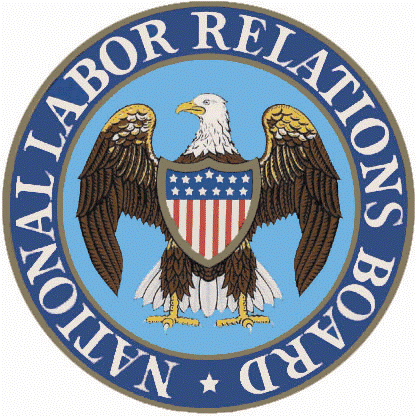By Reyburn W. Lominack III
Earlier this week, the National Labor Relations Board published a final rule implementing sweeping changes to its long-standing representation election procedures.
As forecast in a Fisher & Phillips’ Legal Alert earlier this month, the final rule was hastily published just before the Board is expected to lose its quorum (and its legal authority to act) upon the expiration of Member Craig Becker‘s recess appointment. Absent judicial or legislative intervention, the final rule will take effect on April 30, 2012.
What’s in the final rule?
The NLRB’s Democratic majority has suggested that the amendments will reduce unnecessary litigation in representation cases, thereby enabling the Board to better fulfill its duty to expeditiously resolve questions concerning representation. It seems clear, however, that the primary purpose behind these changes is to substantially speed up the election process, potentially depriving voters of the opportunity to make a fully informed decision.
The final rule amends the Board’s election rules in eight different ways:
- Amendment 1: Expressly states that the purpose of a pre-election hearing under Section 9(c) of the Act is “to determine if a question of representation exists.”
- Amendment 2: Authorizes hearing officers to exclude evidence regarding voter eligibility and inclusion issues (including whether individuals are supervisors).
- Amendment 3: Affords hearing officers discretion to permit or not permit post-hearing briefs and to otherwise control the content and timing of any post-hearing briefs permitted to be filed.
- Amendment 4: Eliminates parties’ right to file a pre-election request for review of a regional director’s decision and direction of election, instead deferring all such requests until after the election, when they could be consolidated with any request for review of a regional director’s disposition of post-election disputes arising out of challenges or objections.
- Amendment 5: Eliminates the recommendation that regional directors generally schedule an election no sooner than 25 days after the direction of election so that the Board has an opportunity to rule on any request for review that may be filed. (The 25-day period is no longer necessary given Amendment 4 eliminating parties’ right to file a pre-election request for review).
- Amendment 6: Substantially narrows the circumstances under which a request for special permission to appeal to the Board will be granted.
- Amendment 7: Creates a uniform procedure for resolving election objections and potentially outcome-determinative challenges in stipulated and directed election cases and provides that Board review of any remaining post-election disputes is discretionary.
- Amendment 8: Eliminates portions of the Board’s regulations that are deemed to be redundant.
What it means for employers
The final rule will likely result in most directed elections occurring within 15-20 days of the date of petition. (The median period between petition and election under the former rules was 38 days).
As explained in our earlier Legal Alert, a shortened election cycle places most employers at a serious disadvantage when it comes to educating employees on the detriments of union representation and training their supervisors to lawfully respond to organizing activity. It also leaves employees with less time to consider all the facts for purposes of making an informed choice on whether they want to be represented by a union.
Worse yet, the new rule will essentially compel employees to cast their ballots before any lingering voter eligibility issues are resolved, effectively precluding them from understanding the full scope and ramifications of their decision.
Will this NLRB rule survive a legal challenge?
The U.S. Chamber of Commerce and the Coalition for a Democratic Workforce immediately filed a complaint against the Board in federal court, seeking to invalidate the final rule and to enjoin the Board from enforcing it.
Senator Mike Enzi (R-Wyo.), ranking member on the Senate Health, Education, Labor and Pensions Committee, has since announced that he will challenge the “ambush elections” rule pursuant to the Congressional Review Act, which permits either the Senate or House to introduce a joint resolution of disapproval to stop a rule’s implementation.
What should employers do?
It remains to be seen whether these and other potential challenges will delay or invalidate the final rule. In the meantime, however, employers should immediately begin preparing for the likelihood that it will take effect on April 30, 2012. It is fair to assume that unions will intensify their organizing efforts in the coming months in order to be standing on go with signed authorization cards come April 30.
Given the limited timeframe established by the Board, it is imperative for all employers to understand the significance of the election rule changes and to develop a lawfully tailored response plan as soon as reasonably possible. Fisher & Phillips attorneys are ready to assist in that regard.
If you have any questions about the implications of the final rule or would otherwise like to discuss how best to prepare your organization for responding to an election petition in an abbreviated campaign period, contact your Fisher & Phillips attorney at your earliest convenience.
This was originally published on Fisher & Phillips’ Legal Alerts. This Legal Alert is intended to provide an overview of an important new law. It is not intended to be, nor should it be construed as, legal advice for any particular fact situation.
